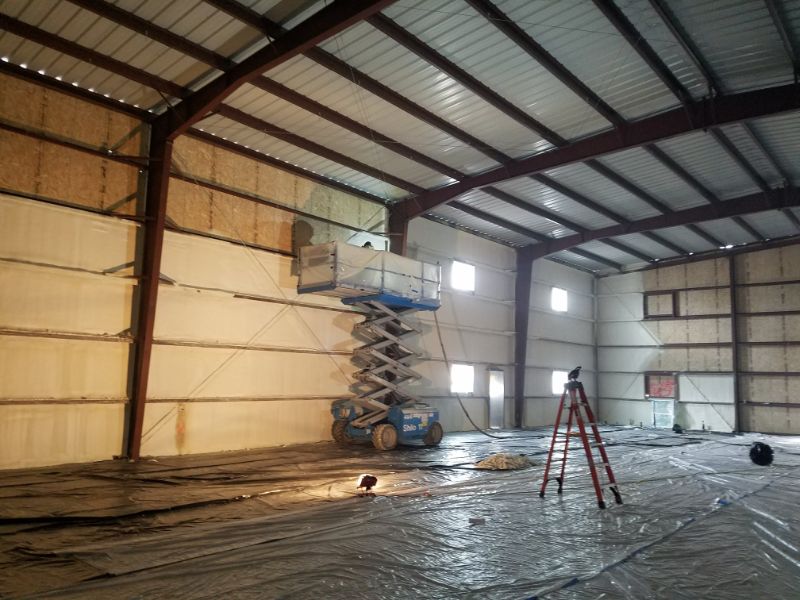
Introduction to Home Insulation and Energy Efficiency in Idaho
Insulating homes effectively is a vital aspect of living in Idaho, especially during the harsh winter months. Idaho’s climate can be quite challenging, with cold winters that demand efficient heating systems and well-insulated homes. Energy efficiency is not just a matter of comfort but also of environmental responsibility and cost savings. This article explores essential insulation tips to keep Idaho homes warm, energy-efficient, and well-prepared for winter weatherization.
Importance of Proper Insulation in Idaho Homes
Proper insulation is crucial for several reasons. Firstly, it helps maintain a comfortable indoor temperature, reducing the need for excessive heating. This comfort is essential in Idaho, where winter temperatures can drop significantly. Secondly, insulation plays a critical role in energy conservation. By reducing the amount of heat that escapes from your home, you can significantly cut down on your heating costs. The U.S. Department of Energy highlights that proper insulation can save 15% on heating and cooling costs for the average household. Additionally, good insulation contributes to environmental protection by reducing energy consumption and, consequently, greenhouse gas emissions.
Key Insulation Strategies for Idaho Homes
Attic Insulation
The attic is often the primary source of heat loss in a home. Therefore, it’s essential to ensure that your attic is adequately insulated. This can involve installing fiberglass or cellulose insulation materials. According to the North American Insulation Manufacturers Association, adding insulation in the attic can save up to 30% on heating costs.
Wall Insulation
Wall insulation is another critical area. Adding insulation to the walls can be more challenging, especially in older homes, but it’s worth the effort. Insulated walls help maintain a consistent temperature throughout the house and reduce energy costs.
Window and Door Insulation
Windows and doors are common areas where heat can escape. Sealing gaps and using weather-stripping can make a significant difference. Energy Star reports that adding storm windows can reduce heat loss through windows by 25-50%.
Basement and Floor Insulation
Insulating basements and floors is particularly important in Idaho due to the cold ground temperatures. Insulating these areas can prevent cold feet in the winter and help keep the entire house warmer.
Tailoring Insulation to Idaho’s Climate
Idaho’s diverse climate requires a specific approach to insulation. For instance, homes in the northern part of the state, where the climate is colder, might need thicker insulation compared to those in the southern regions. It’s essential to consider the R-value, which measures an insulation material’s resistance to heat flow. The higher the R-value, the better the insulation. The Department of Energy provides a guide for recommended R-values based on regional climates.
Winter insulation in Idaho homes is not just a luxury but a necessity. By focusing on areas like the attic, walls, windows, doors, basements, and floors, homeowners can significantly enhance their home’s energy efficiency. This improvement not only leads to cost savings but also contributes to a more sustainable environment. Each home in Idaho may require a unique approach to insulation tailored to its specific needs and the local climate. As homeowners in Idaho look ahead to the winter months, now is the perfect time to assess and upgrade home insulation, ensuring a warm, comfortable, and energy-efficient home.